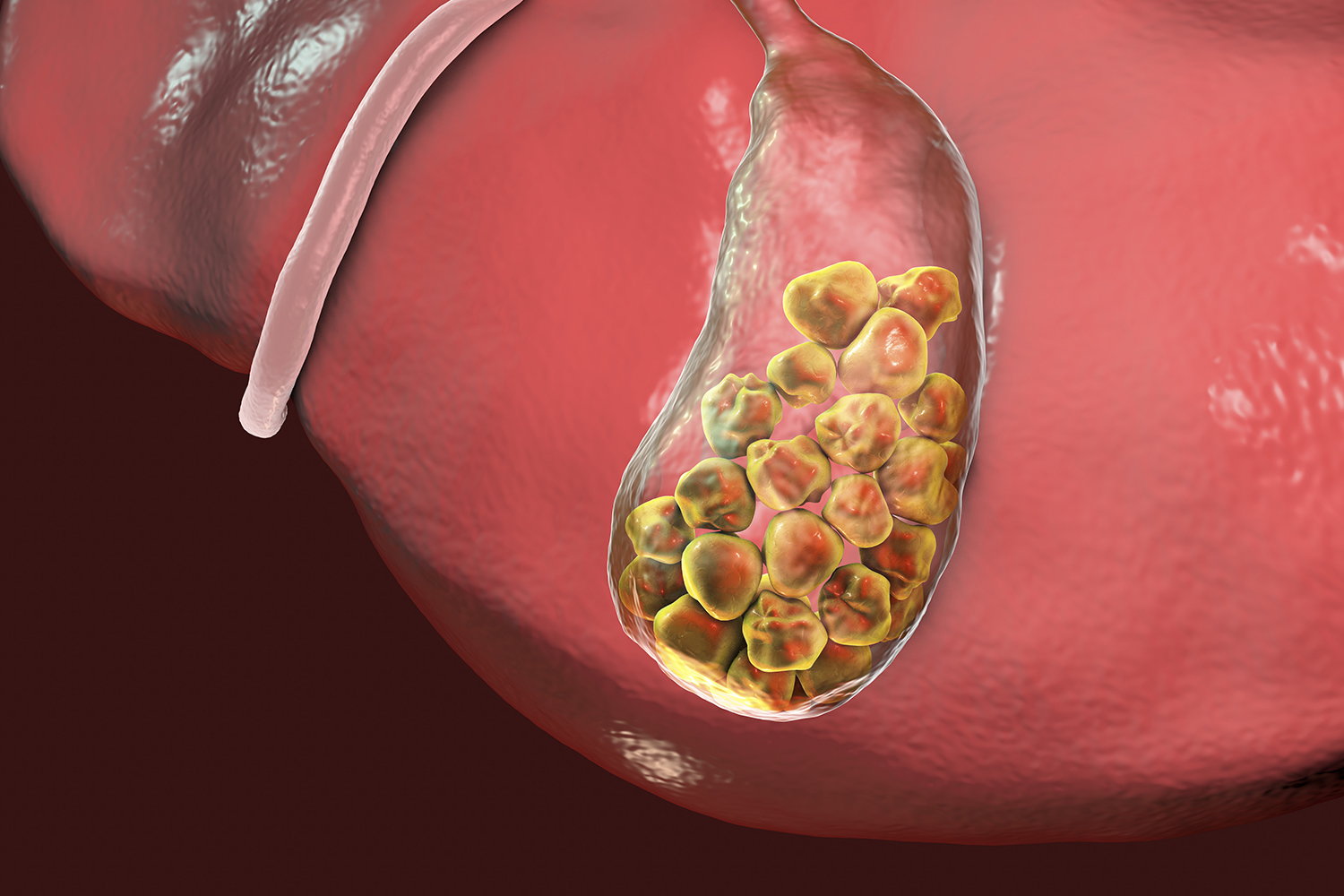Overview
Gallbladder stones, also known as gallstones, are a common and often painful condition affecting millions of individuals worldwide. These hardened deposits form within the gallbladder, a small organ located beneath the liver, and can lead to a range of symptoms and complications. Let’s delve into the world of gallbladder stones, exploring their causes, symptoms, treatment options, and the latest research insights.

Understanding Gallbladder Stones
Gallstones are solid particles that develop from bile components, such as cholesterol and bilirubin, within the gallbladder. They can vary in size, ranging from tiny grains to larger stones that can cause significant blockages. Gallstones can be classified into two main types: cholesterol stones, which are the most common, and pigment stones, which form when bilirubin levels are elevated.
Prevalence and Risk Factors
Gallbladder stones are highly prevalent, particularly in developed countries, with an estimated 10-15% of adults affected worldwide. Certain factors increase the risk of gallstone formation, including obesity, rapid weight loss, a sedentary lifestyle, and a high-fat diet. Additionally, women, individuals over the age of 40, and those with a family history of gallstones are at higher risk.
Symptoms and Complications
Many individuals with gallstones remain asymptomatic, with the stones discovered incidentally during imaging tests for unrelated conditions. However, gallstones can cause a range of symptoms when they obstruct the flow of bile from the gallbladder. Common symptoms include:
– Intense abdominal pain, typically located in the upper right quadrant
– Nausea and vomiting
– Fever and chills (indicating inflammation or infection)
– Jaundice (yellowing of the skin and eyes)
– Clay-colored stools and dark urine
In some cases, gallstones can lead to complications such as acute cholecystitis (inflammation of the gallbladder), choledocholithiasis (obstruction of the bile duct), and pancreatitis (inflammation of the pancreas), which require prompt medical attention.
Treatment Options
The management of gallbladder stones depends on the presence of symptoms and the risk of complications. Asymptomatic gallstones may not require treatment unless they pose a significant risk of complications. However, symptomatic gallstones or those causing complications often necessitate intervention.
The most common treatment for symptomatic gallstones is laparoscopic cholecystectomy, a minimally invasive surgical procedure to remove the gallbladder. This approach offers excellent outcomes with minimal postoperative pain and a short recovery period. For individuals who are not surgical candidates or prefer nonsurgical options, certain medications or procedures such as lithotripsy (shock wave therapy) may be considered to dissolve or break up gallstones.


